The serene image of a sea turtle gliding through crystal-clear waters has long symbolized the untamed beauty of our oceans. Yet beneath this tranquil surface lies a growing crisis—one that threatens the very existence of these ancient mariners. Plastic pollution, the insidious byproduct of human consumption, has emerged as a lethal adversary to sea turtles worldwide. From mistaking floating bags for jellyfish to becoming entangled in discarded fishing gear, these creatures face unimaginable peril at every turn.
Scientists have documented harrowing cases where turtles ingested so much plastic that their digestive systems shut down, leading to slow, painful deaths. The problem isn’t just about visibility; microplastics—tiny fragments broken down from larger debris—infiltrate the food chain, poisoning even the smallest organisms turtles rely on. Coastal nesting sites, once safe havens, now resemble landfills, with hatchlings forced to navigate a maze of trash before reaching the ocean. The scale of this tragedy underscores a sobering truth: our throwaway culture is rewriting the fate of an entire species.
What makes plastic particularly sinister is its durability. A single water bottle may take 450 years to decompose, lingering in ecosystems far beyond our lifetimes. Currents carry this waste across continents, forming vast garbage patches like the Great Pacific Garbage Patch, where turtles feed amidst swirling synthetic debris. Rehabilitation centers report an alarming rise in admissions—emaciated turtles vomiting toothbrushes, balloon strings protruding from their cloacas, flippers amputated due to constriction wounds. Each case tells the same story: humanity’s addiction to convenience is costing innocent lives.
The Mediterranean Sea, a biodiversity hotspot, now contains plastic concentrations rivaling those in oceanic gyres. Here, loggerhead turtles face a 50% chance of ingesting plastic during their lifetime. Researchers analyzing necropsies find intestines packed with everything from candy wrappers to synthetic fibers. Even more disturbing are the endocrine-disrupting chemicals leaching from these materials, causing developmental abnormalities in juvenile turtles. Such findings reveal that plastic doesn’t just kill outright—it undermines survival across generations.
Artisanal fishing communities bear witness to this unfolding catastrophe. In Costa Rica, olive ridley turtles once thrived alongside sustainable fisheries; now locals untangle them from ghost nets daily. The economic toll compounds the ecological one—tourists don’t pay to see beaches strewn with styrofoam or turtles choking on bottle caps. Yet solutions exist. Innovative projects like biodegradable fishing gear and ocean-cleaning drones offer glimmers of hope, while policy shifts targeting single-use plastics gain momentum globally. The question remains: will action come fast enough for turtles already swimming against the tide of extinction?
Beyond statistics and scientific jargon, this crisis demands emotional reckoning. Picture a female leatherback—a species surviving since the dinosaurs—dragging herself ashore to nest, only to retreat when her flippers scrape against buried plastic shards. Imagine hatchlings instinctively crawling toward the moonlight’s reflection on a pile of cellophane instead of the sea. These aren’t hypothetical scenarios; they’re documented realities playing out from Australia to Florida. The time for passive concern has passed. Saving sea turtles requires dismantling the very systems that prioritize profit over planetary health, one less straw, one less grocery bag at a time.
Marine biologists emphasize that turtle populations can recover if given respite from plastic onslaught. Successful conservation models—like Hawaii’s ban on plastic utensils or the EU’s stringent packaging laws—demonstrate that legislative action works. Citizen scientists contribute by organizing beach cleanups and advocating for corporate accountability. But perhaps the most profound change begins with reframing our relationship with plastic: not as disposable convenience, but as a persistent toxin we’ve allowed to infiltrate Earth’s last wild frontiers. The turtles’ plight mirrors our own—for in poisoning the oceans, we’ve ultimately poisoned ourselves.

By /Aug 4, 2025
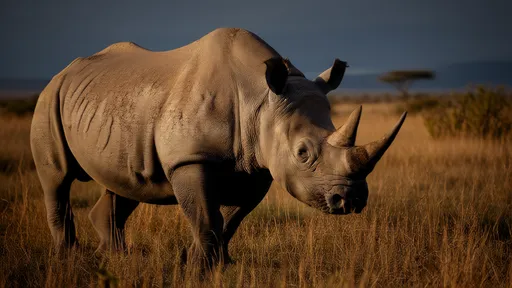
By /Aug 4, 2025
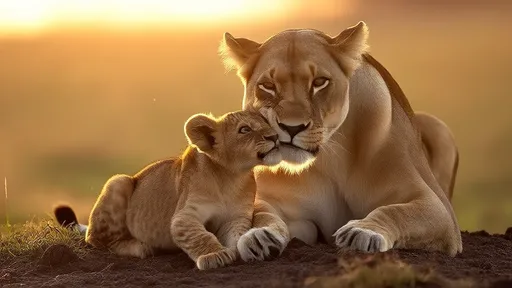
By /Aug 4, 2025

By /Aug 4, 2025

By /Aug 4, 2025
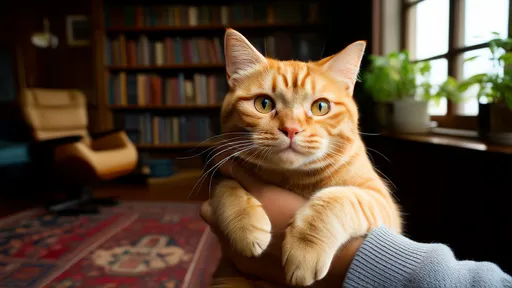
By /Aug 4, 2025

By /Aug 4, 2025
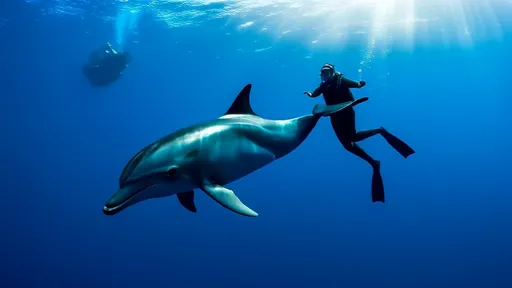
By /Aug 4, 2025
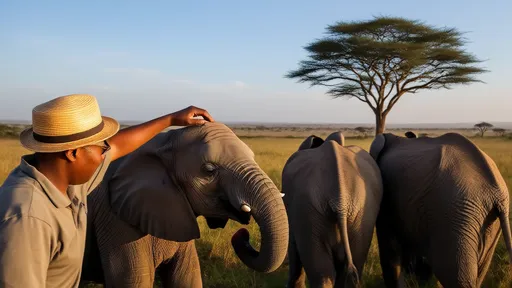
By /Aug 4, 2025

By /Aug 4, 2025
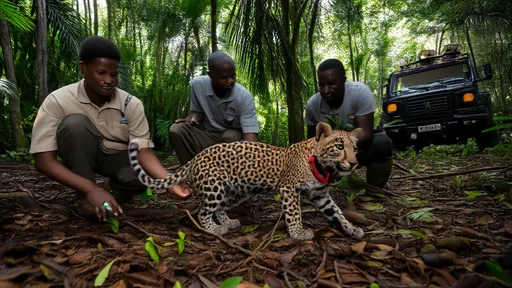
By /Aug 4, 2025
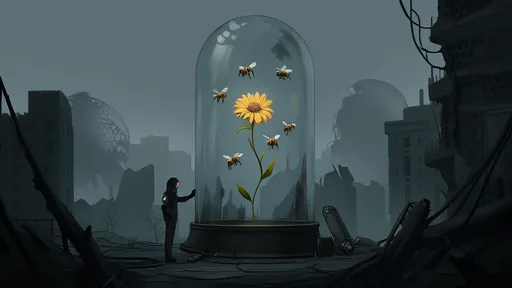
By /Aug 4, 2025
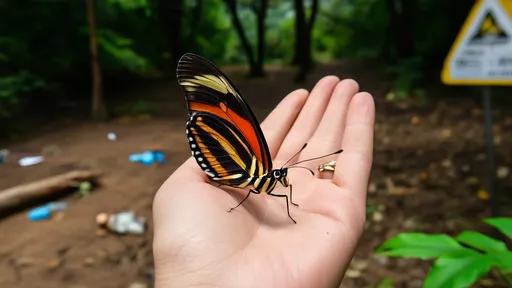
By /Aug 4, 2025
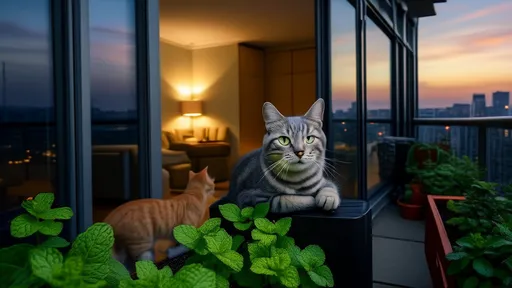
By /Aug 4, 2025
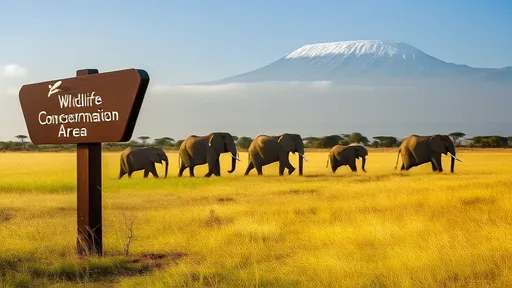
By /Aug 4, 2025
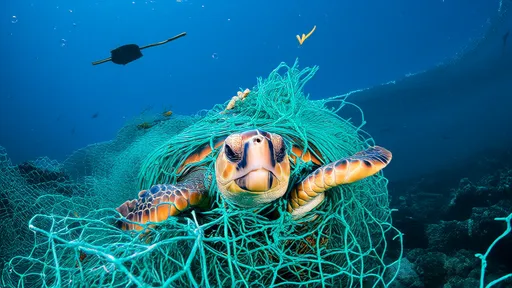
By /Aug 4, 2025

By /Aug 4, 2025
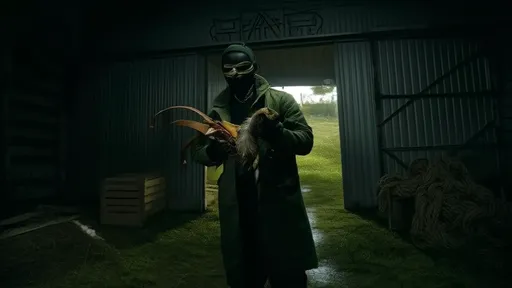
By /Aug 4, 2025
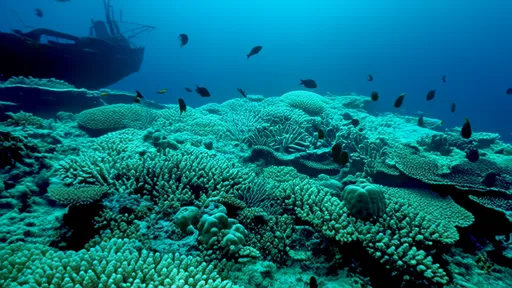
By /Aug 4, 2025
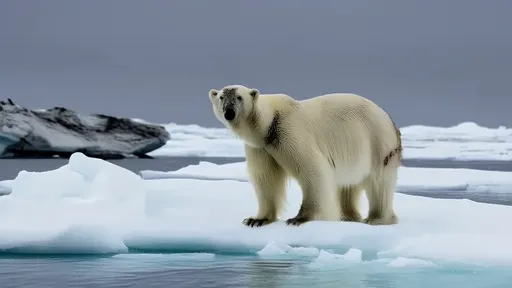
By /Aug 4, 2025